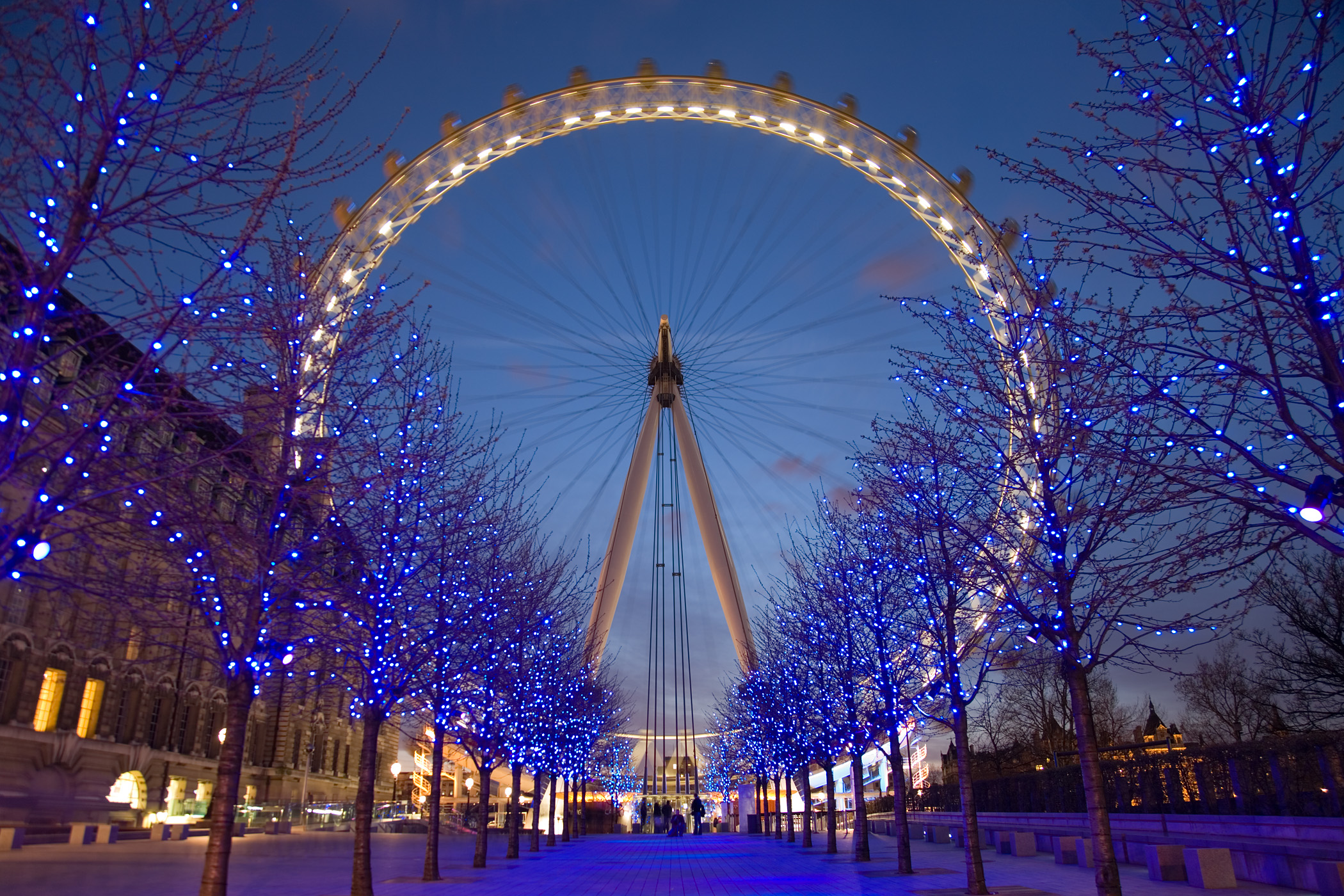
London is too diverse to be characterised by any particular architectural style, having accumulated its buildings over a long period of time and drawn on a wide range of influences. It is, however, mainly brick built, most commonly the yellow London stock brick or a warm orange-red variety, often decorated with carvings and white plaster mouldings. Many grand houses and public buildings (such as the National Gallery) are constructed from Portland stone. Some areas of the city, particularly those just west of the centre, are characterised by white stucco or whitewashed buildings. Few structures pre-date the Great Fire of 1666, except for a few trace Roman remains, the Tower of London and a few scattered Tudor survivors in the City. A majority of buildings in London date from the Edwardian or Victorian periods.The disused (but soon to be rejuvenated) 1939 Battersea Power Station by the river in the south-west is a local landmark, while some railway termini are excellent examples of Victorian architecture, most notably St Pancras and Paddington (at least internally).
The density of London varies, with high employment density in the central area, high residential densities in inner London and lower densities in the suburbs. In the dense areas, most of the concentration is achieved with medium-rise and high-rise buildings. London's skyscrapers such as the notable "Gherkin", Tower 42, the Broadgate Tower and One Canada Square are usually found in the two financial districts, the City of London and Canary Wharf. Other notable modern buildings include City Hall in Southwark with its distinctive oval shape, the British Library in Somers Town/Kings Cross, and the Great Court of the British Museum. What was formerly the Millennium Dome, located by the Thames to the east of Canary Wharf, is now used as an entertainment venue known as The O2.
The development of tall buildings has been encouraged in the London Plan, which will lead to the erection of many new skyscrapers over the next decade, particularly in the City of London and Canary Wharf. The 72-storey, 1,017 feet (310 m) "Shard London Bridge" by London Bridge station, the 945 feet (288 m) Bishopsgate Tower and many other skyscrapers over 500 feet (150 m) are either proposed or approved and could transform the city's skyline. As of July 2008, there are 426 high-rise buildings under construction, approved for construction, and proposed for construction in London.

A great many monuments pay homage to people and events in the city. The Monument in the City of London provides views of the surrounding area while commemorating the Great Fire of London, which originated nearby. Marble Arch and Wellington Arch, at the north and south ends of Park Lane respectively, have royal connections, as do the Albert Memorial and Royal Albert Hall in Kensington. Nelson's Column is a nationally-recognised monument in Trafalgar Square, one of the focal points of the centre.

Niciun comentariu:
Trimiteți un comentariu